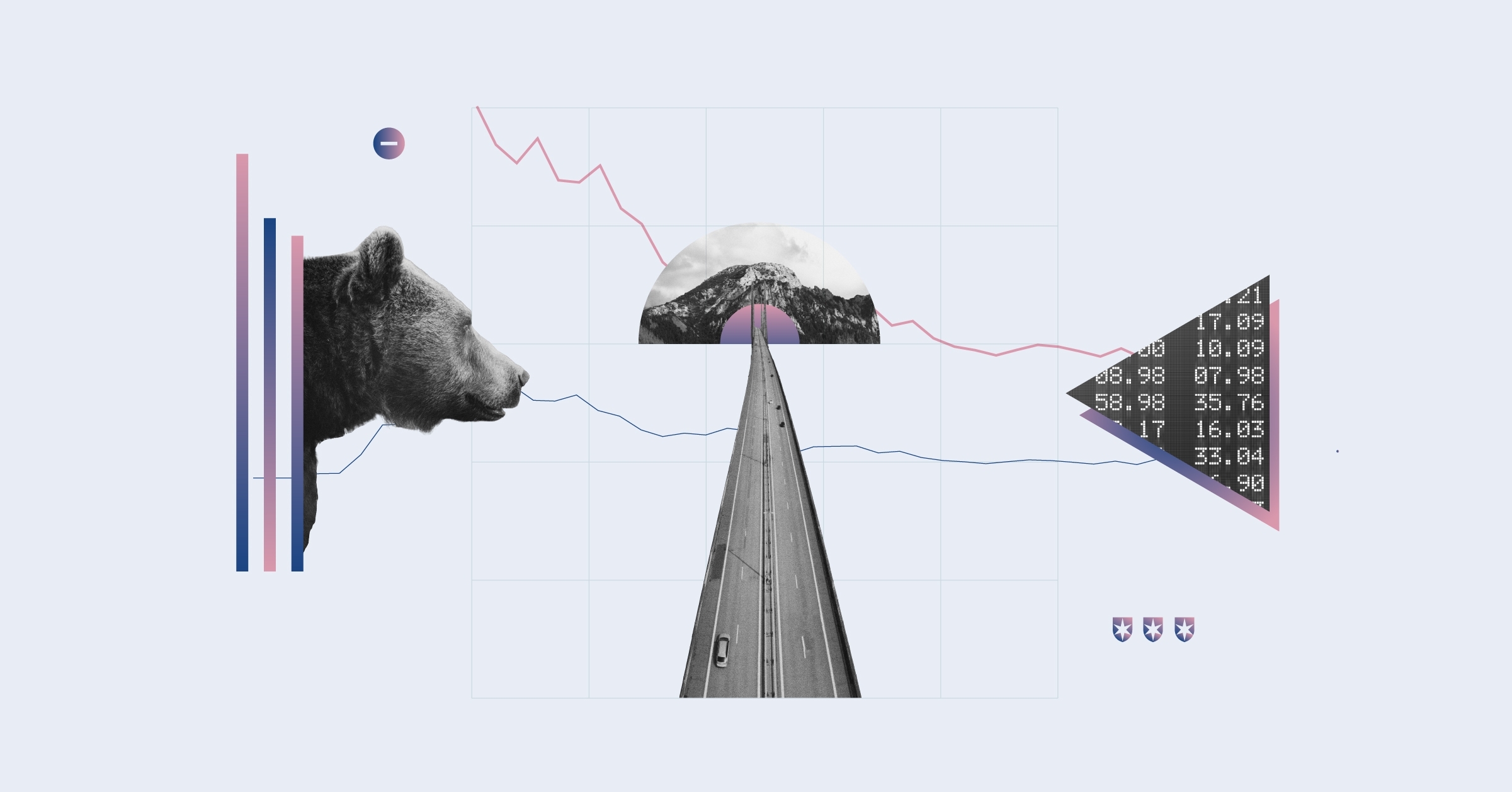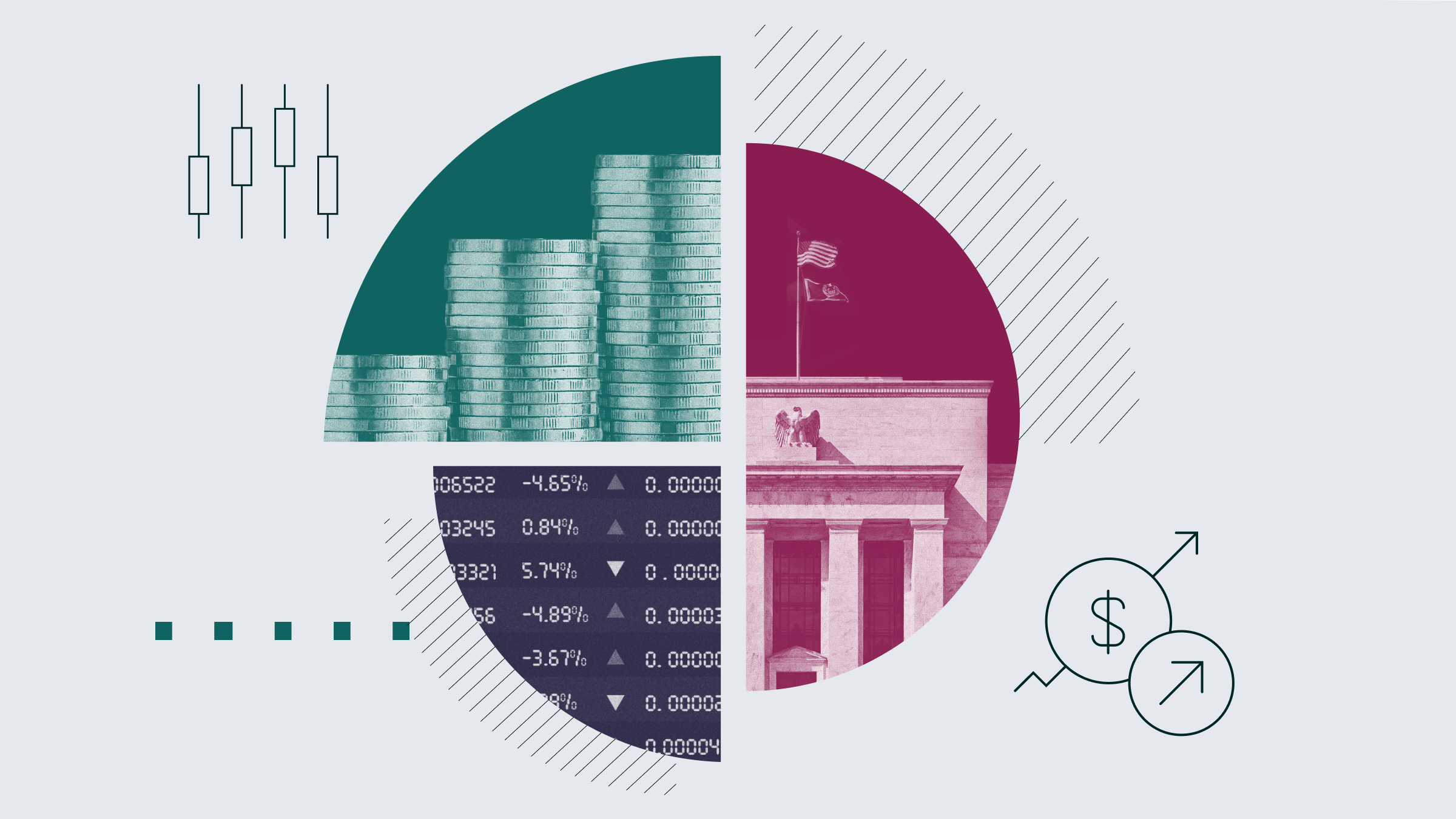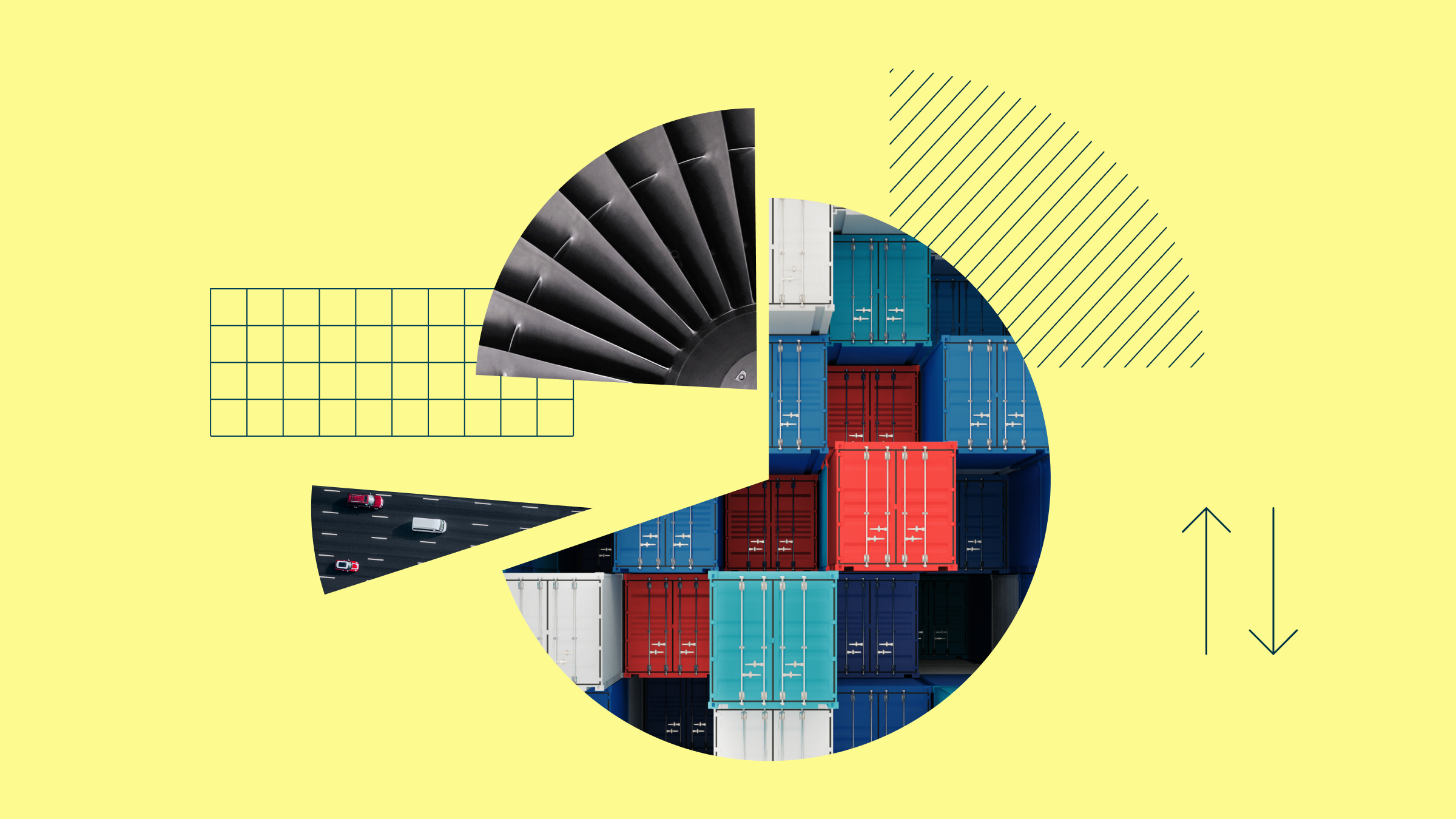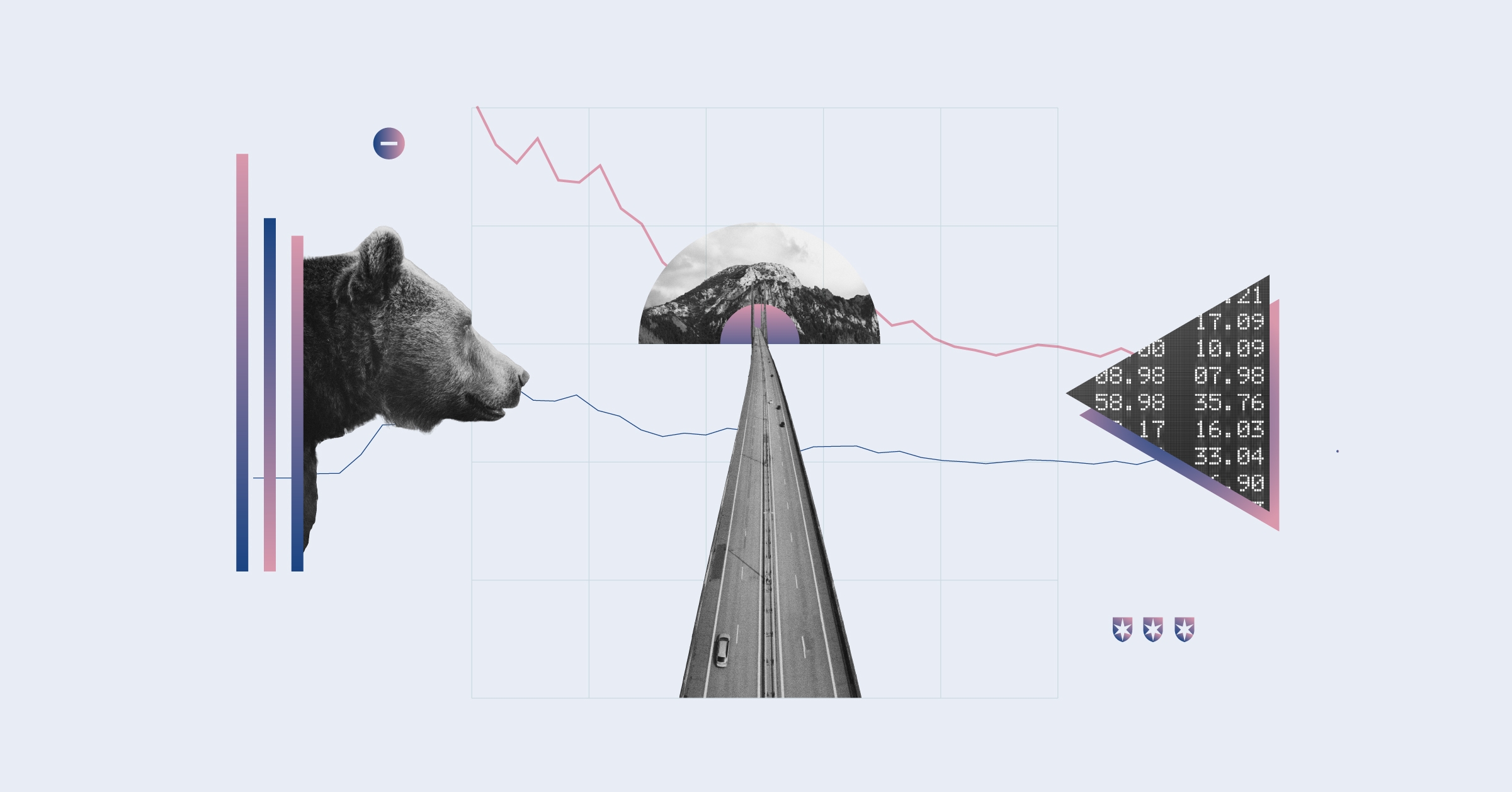Jason Stipp: I'm Jason Stipp for Morningstar. After a stellar year in the stock market what should investors be thinking about as they open their portfolios for their year-end checkup? Here to offer some practical tips is Christine Benz, our director of personal finance.
Christine, thanks for being here.
Christine Benz: Jason, it's great to be here.
Stipp: Investors are likely pretty happy as they're checking their year-end portfolios because the market has been up about 30% or so year to date, which is really just stellar performance. You have a few tips though for ways they can put everything into perspective, and of course, look ahead because the past is not a predictor of the future. The first step is to check your spending rate against what you expect it to spend, and this is important, of course, because those portfolios have to last us throughout retirement.
Benz: Right. For people who are retired, it’s really important to do that wellness check to make sure that the amount that you're withdrawing in a given calendar year is within the realm of reasonableness. There are a lot of different ways to calculate and think about spending rates. A lot of people use what’s called the 4% rule, and that means that at the outset of retirement, you take 4% of that balance and you inflation-adjust it in each year thereafter.
So, if you’re using that method, you'd want to look at the prior year's withdrawal dollar amount and give yourself perhaps a small inflation adjustment. Inflation has been pretty tame this year so keep that muted. But make sure that you’re staying within that band, if that's the way that you're going about calculating withdrawal rates.
If you’re using a fixed-percentage withdrawal rate, as I know a lot of Morningstar.com readers tell me they do, you would want to go back to your end-of-2012 balance and look at that percentage and check how it stacks up relative to that dollar amount.
Stipp: Some investors who are in the stock market are likely feeling pretty flush after this 30% year-to-date gain, and they might be thinking, "Maybe I can take out a little bit more next year." How should I think about my next year spending, given that we have seen the stock market do so well?
Benz: I think certainly for people who have income needs or sort of irregular expenses that they're expecting to see in 2014, maybe a new roof, new car, whatever it might be, now is not a bad time to trim stocks to perhaps increase that withdrawal amount a little bit. But I think generally speaking you want to think about being a little bit conservative. If you’re creating a withdrawal rate from scratch right now, you have to realize that valuations aren't what they once were. They are not what they were even a year ago.
So, you want to be a little bit conservative on the withdrawal-rate front rather than taking more. I would say for most people definitely keeping the withdrawal rate under 4% probably makes sense.
Stipp: It's important to underscore that Morningstar doesn't see the market as terribly overvalued, but we certainly see it as fully valued. The fact that we saw 30% this year, it doesn’t really seem as likely we will see those kinds of gains, certainly not on a regular basis going forward.
Benz: That’s right. It's hard to see that as being repeatable.
Stipp: A second important thing for retirement portfolios is the liquidity portion of your portfolio, that cash portion. After a year of spending, what should I do to check that piece?
Benz: I'ma big advocate of what's called the bucket strategy for managing a portfolio during retirement. That means that you want to have one to two years of living expenses carved out in true cash, and then you periodically need to replenish that bucket number one as you spend the money that’s in that bucket. You want to look back and see how much you’ve got in there. If you have gotten down to the dregs of that bucket number one, it’s time to top it back up. And there are a few different ways to do that.
People who are you using a dividend-focused approach or owning income-producing securities might spill those distributions directly into bucket number one. People who are reinvesting those dividend and income distributions will probably want to peel back on their more appreciated portions of the portfolio and use the proceeds from that rebalancing to replenish that bucket number one.
Stipp: Rebalancing is one of those activities that you will be taking a look at during these checkups. So I should be checking my asset allocations if I haven't looked at my portfolio all year. Maybe there are a few people who haven't checked in such a great year. What might my allocations look like?
Benz: Well, they might have skewed pretty dramatically if you’re taking a hands-off approach and say you started the year with a 50-50 portfolio. Right now, you’re probably looking at 56% or 57% in stocks and 44% in bonds. Assuming that you're using say 5- or 10-percentage-point bands to determine whether it’s time to rebalance, chances are for a lot of investors it is time to trim back on stocks and redeploy the assets into cash and bonds.
Stipp: And we just saw the Federal Reserve say they are going to start their tapering program. That could mean that we'll see rates tick up in the next year or in the next few years. Should I be wary of putting money into bonds if I’m rebalancing given that higher rates could be harmful to them?
Benz: It'scertainly reasonable to think about what could happen to a bond portfolio in varying rate scenarios. We’ve often talked about this duration stress test that people can run where they look at the duration [a measure of interest-rate sensitivity] of a bond portfolio that they might own. Subtract the current yield from that portfolio, and that’s the amount that you might expect to see that investment lose in a one-year period in which rates rose by 1 percentage point. I think it's worthwhile to go through and run that stress test right now and see how vulnerable your various holdings might be in a rising-rate environment. But I also think it’s important to consider that concept of duration and match the duration of your various holdings to your anticipated holding period.
Certainly if you have income needs that you expect to fund within the next couple of years, you'd want your holdings to have a 1- or 2-year duration. But say your time horizon for some of your fixed-income holdings is more in the range of five, six, or seven years, a 4- or 5-year duration is not unreasonable for that portion of the portfolio. You might have some near-term volatility as we do go through this process of tapering but you will have higher yields to help offset those principal losses.
Stipp: Remember that your portfolio is diversified. If it’s really diversified, you're not trying to just be in things you think will go up in the future, but instead lots of different kinds of assets.
Benz: That's such an important point. I think right now everyone sort of has this mind-set that they want everything in their portfolio to be performing well all the time, but as [Wall Street Journal columnist] Jason Zweig once said to me, "You aren't diversified unless you have something in your portfolio that you hate to own. And right now probably bonds are that asset class.
You don’t need to be long-duration with your bond portfolio, but I think having some short- and intermediate-duration bonds makes a lot of sense right now.
Stipp: Let's take the asset allocation one step further and talk about some of the subasset allocations. What have we seen do really well, and which might be a bigger piece of your portfolio now?
Benz: Let’s start with bonds because we were just talking about them. Really the only categories that have performed well in fixed-income land this year are the bank-loan category and the high-yield bond category.
If you have those in your portfolio, chances are they're taking up an outsized position within your fixed-income portfolio. Those might be ripe for trimming. Within equities, we've seen a strong runup in small- and mid-cap stocks. Those holdings might be due for pruning whereas you might leave your larger-cap funds, maybe large-cap value investments alone. And then international versus U.S., we've seen a little bit of a bifurcation there where we’ve seen generally stronger performance from U.S.-based companies and weaker performance from international equities, especially emerging markets.
You might consider doing a little inter-asset-class rebalancing there, as well.
Stipp: Christine, you've always offered great tips when the market has been doing poorly to keep people on track. I hope everyone listens as you are offering these tips for a great market. I think they are just as important for investors to keep in mind. Thanks for joining me.
Benz: Thank you, Jason.
Stipp: For Morningstar, I'm Jason Stipp. Thanks for watching.

















